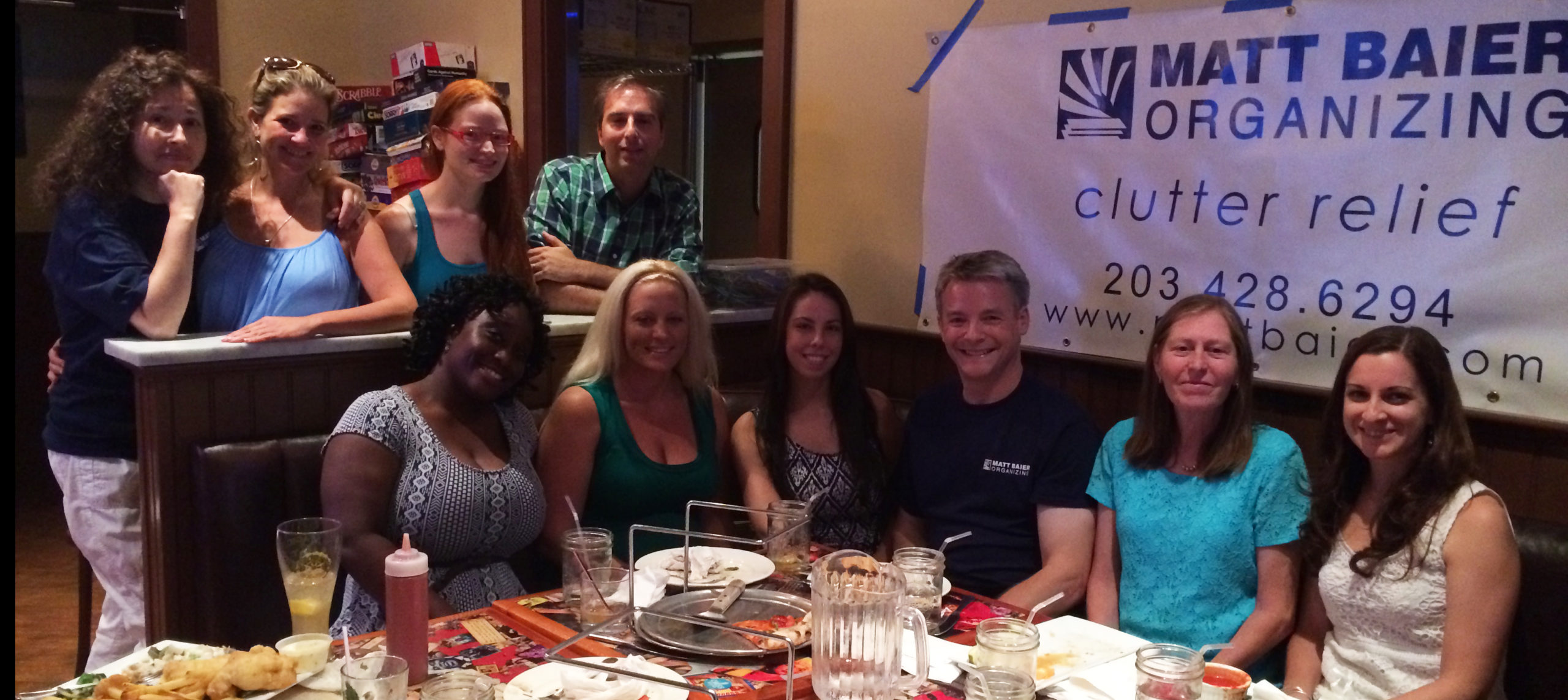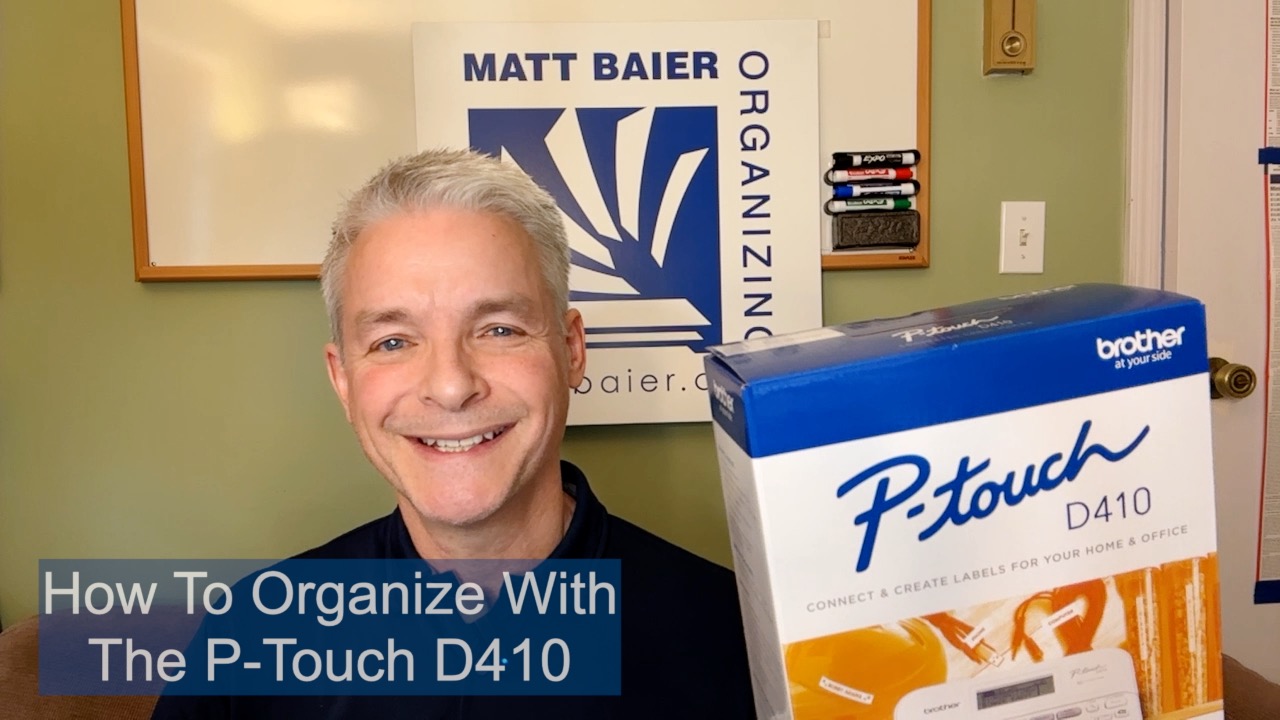What I Have Learned In 10 Years Of Helping People Get Organized
Matt Baier Organizing was launched on September 1, 2004. In the ten years since, I have learned much about the business of organizing and how best to serve others. Here are some examples.
1. Action through subtraction
We bring the best results when our process is subtractive. The best way to summarize it, is like this. We take the less important stuff out of the way, so that the client can get to the most important stuff. We don’t start by building systems. We start by removing barriers.
2. The first barrier is trust
None of our amazing methods to help folks get organized and stay organized, can happen, if we do not first establish trust. People who let me into their homes will often say, “Is this the worst you’ve ever seen?” or “I’m so embarrassed to be showing you this.” To which, I always say “It’s our job to make space, not judgments.” We can’t help unless I earn trust at every stage: in the initial phone call, during the consult, in emails, and through my team on the job. It is worth the expense to have all my employees insured and bonded. I am always happy to provide references, to build trust. If, despite our best efforts, we do not establish trust, then I would walk away from an otherwise promising job. It has happened. I know it cannot work without trust.
3.Momentum makes magic
I like the speed that comes from working with a team and my clients like it too. They tell me it is contagious. Working with an experienced well-trained team also ensures safety. When I worked solo with a client, I found my focus was split between doing the physical work and answering the client. With a team approach, we are able to focus on our separate roles. We find getting the bigger faster results more satisfying and so do our clients.
4. Priorities dictate approach
We never forget that the first member of the team is the client, as decision-maker. It’s our job to make those decisions easier. We do not begin an organizing session with an arbitrary notion of what organizing should be. Instead, we always want to get clear on the client’s top priorities. Once we are clear on the destination, we can provide the roadmap and the vehicle.
5. Nothing slows the process down faster than regrets
When a client finds herself saying “I know I should probably get rid of this, but I just don’t know if I’m ready,” we say, “keep it. Simply identify why you are keeping it and keep moving.” There is usually a lot of easier decisions to go through and we don’t want to lose the momentum. Most importantly, if the client starts to have regrets about items she has tossed, that will invariably lead to a questioning of the entire process. Then progress grinds to a halt. We can’t have that.
6. Focus on keeping, not tossing
Our focus is not on tossing, but on keeping and what you are keeping, and why, and where it is all going to go. This turn of phrase opens up doors, to clients, who may have feared that our whole purpose is to throw as much of their stuff out as possible. When the client sees that she is in control, then she becomes more responsible for what she is keeping. She then, becomes the one who is more eager to let go. Order lasts longer that way.
The more effectively my team and I can serve our clients, the more good we feel we are doing. If it was just about getting things into pretty little baskets, then organizing would feel pretty pointless. By building trust and working with a purpose, we are able to reliably deliver the goals that are most important to our clients. Empowering our clients, gives us an important purpose, which I look forward to continuing for another ten years.
Please Share With Your Community
Testimonials
What some of our clients are saying
Imagine An Organized Home

















